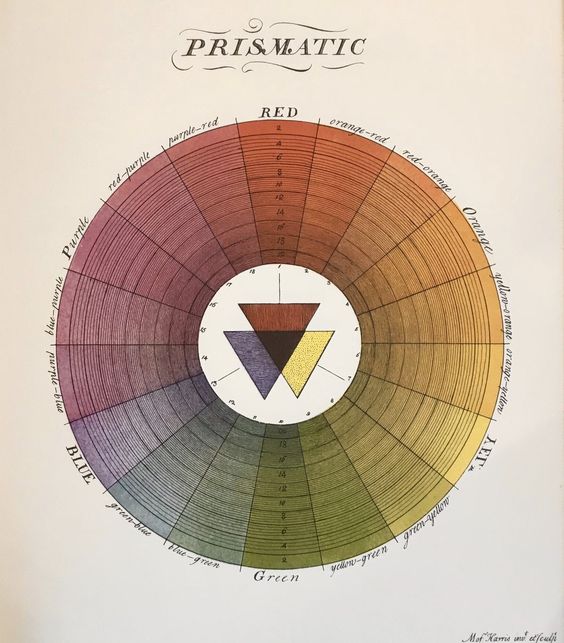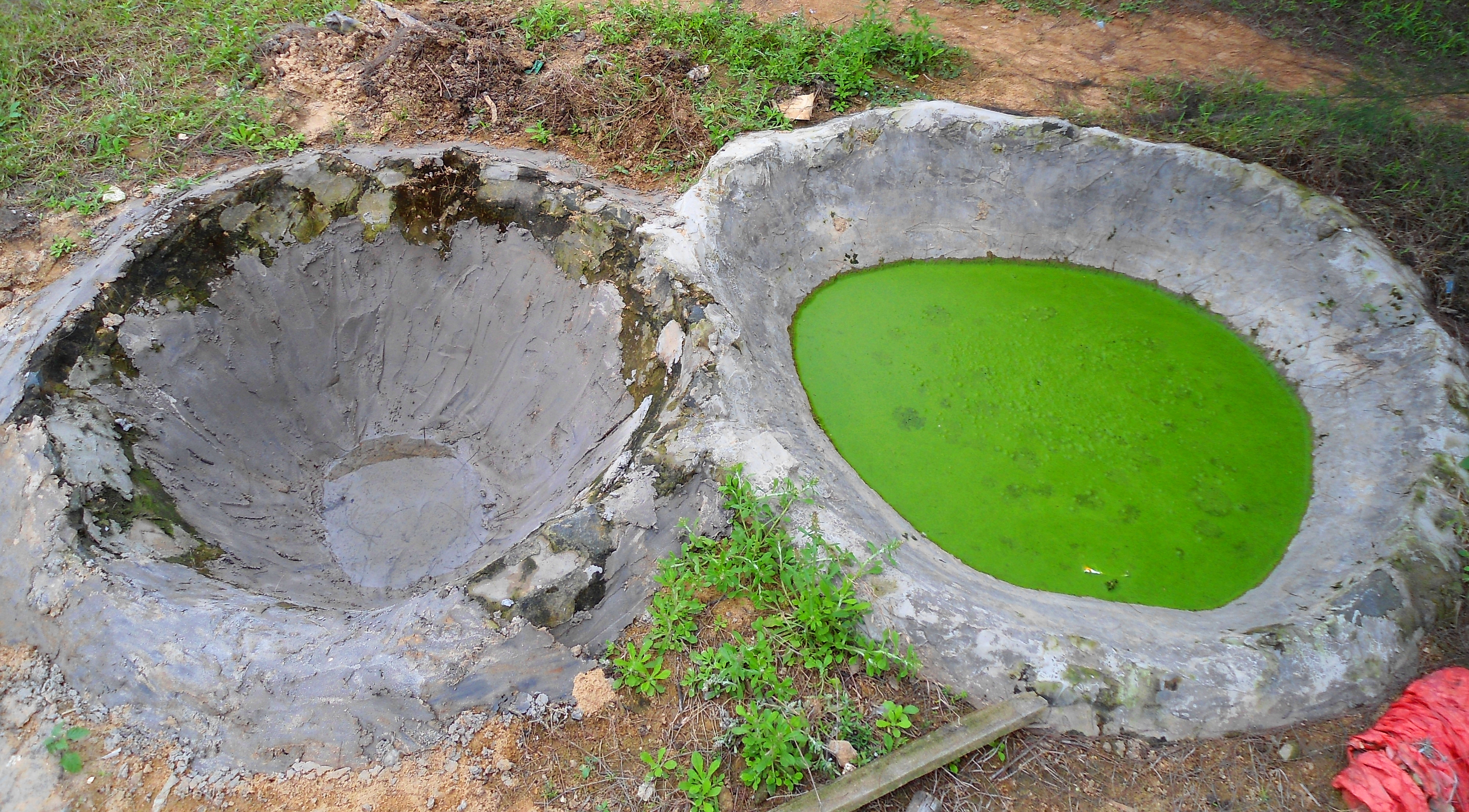|
Hydrotaea Diabolus
''Hydrotaea diabolus'' is a fly of the family Muscidae. Its larvae have been found in pig, cow and horse manure. It is found in the Palearctic .Fauna Europaea Fauna Europaea is a database of the scientific names and distribution of all living multicellular European land and fresh-water animals. It serves as a standard taxonomic source for animal taxonomy within the Pan-European Species directories Infras ... File:Hydrotaea diabolus male, Glaslyn, North Wales, May 2013 2 (16802528685).jpg, ''Hydrotaea diabolus'' References External links *D'Assis Fonseca, E.C.M, 1968 Diptera Cyclorrhapha Calyptrata: Muscidae ''Handbooks for the Identification of British Insects'pdf*Seguy, E. (1923) Diptères Anthomyides. Paris: Éditions ''Faune de France'' Faune n° 6 393 p., 813 fiBibliotheque Virtuelle Numerique pdf Muscidae Muscomorph flies of Europe Insects described in 1780 Taxa named by Moses Harris {{Muscidae-stub ... [...More Info...] [...Related Items...] OR: [Wikipedia] [Google] [Baidu] |
Moses Harris
Moses Harris (15 April 1730 – 1787) was an English entomologist and engraver. Life and work Harris was encouraged in entomology from a young age by his uncle, a member of the Society of the Aurelians. In 1762 he became secretary of a second Society of Aurelians. He was a skilled artist, displaying some of his insect drawings at the Royal Academy in 1785. He drew and engraved illustrations for books including Dru Drury's ''Illustrations of Natural History'' (3 volumes, 1770–1782) and John Coakley Lettsom's ''The Naturalist's and Traveller's Companion'' (1772). Colour theory In "The Natural System of Colours" published in 1766, Harris discussed the multitude of colours that can be created using three "grand or principle" colours: red, yellow and blue. As a naturalist and an engraver, Harris focussed on the relationships between colours and how they are coded and created. He explained how three colours can be íntermixed, tinted and shaded to create 660 colours "materially ... [...More Info...] [...Related Items...] OR: [Wikipedia] [Google] [Baidu] |
Johann Wilhelm Meigen
Johann Wilhelm Meigen (3 May 1764 – 11 July 1845) was a German entomologist famous for his pioneering work on Diptera. Life Early years Meigen was born in Solingen, the fifth of eight children of Johann Clemens Meigen and Sibylla Margaretha Bick. His parents, though not poor, were not wealthy either. They ran a small shop in Solingen. His paternal grandparents, however, owned an estate and hamlet with twenty houses. Adding to the rental income, Meigen's grandfather was a farmer and a guild mastercutler in Solingen. Two years after Meigen was born, his grandparents died and his parents moved to the family estate. This was already heavily indebted by the Seven Years' War, then bad crops and rash speculations forced the sale of the farm and the family moved back to Solingen. Meigen attended the town school but only for a short time. He had learned to read and write on his grandfather's estate and he read widely at home as well as taking an interest in natural history. A lodge ... [...More Info...] [...Related Items...] OR: [Wikipedia] [Google] [Baidu] |
Johan Christian Fabricius
Johan Christian Fabricius (7 January 1745 – 3 March 1808) was a Danish zoologist, specialising in "Insecta", which at that time included all arthropods: insects, arachnids, crustaceans and others. He was a student of Carl Linnaeus, and is considered one of the most important entomologists of the 18th century, having named nearly 10,000 species of animals, and established the basis for the modern insect classification. Biography Johan Christian Fabricius was born on 7 January 1745 at Tønder in the Duchy of Schleswig, where his father was a doctor. He studied at the gymnasium at Altona and entered the University of Copenhagen in 1762. Later the same year he travelled together with his friend and relative Johan Zoëga to Uppsala, where he studied under Carl Linnaeus for two years. On his return, he started work on his , which was finally published in 1775. Throughout this time, he remained dependent on subsidies from his father, who worked as a consultant at Frederiks Hospita ... [...More Info...] [...Related Items...] OR: [Wikipedia] [Google] [Baidu] |
Carl Fredrik Fallén
Carl Fredrik Fallén (born 22 September 1764 in Kristinehamn – 26 August 1830) was a Swedish botanist and entomologist. Fallén taught at the Lund University. He wrote ''Diptera Sueciae'' (1814–27). Fallén described very many species of Diptera and Hymenoptera"ITIS" Taxon authorFallen/ref> He was elected a member of the Royal Swedish Academy of Sciences in 1810. Publications May be incomplete *''Monographia cimicum Sveciae''. Hafniae Copenhagen 124 p. (180*''Specimen entomologicum novam Diptera disponendi methodum exhibens''. Berlingianus, Lundae Lund 26 p. (1810) *Försök att bestämma de i Sverige funne Flugarter, som kunna föras till Slägtet ''Tachina''. ''K. Sven. Vetenskapsakad. Handl.'' (2) 31: 253–87. (181*''Specimen Novam Hymenoptera Disponendi Methodum Exhibens''. Dissertation. Berling, Lund. pp. 1–41. 1 pl.(1813*Beskrifning öfver några i Sverige funna Vattenflugor (Hydromyzides). ''K. Sven. Vetenskapsakad. Handl.'' (3) 1: 240–57. (181*181 ... [...More Info...] [...Related Items...] OR: [Wikipedia] [Google] [Baidu] |
Family (biology)
Family ( la, familia, plural ') is one of the eight major hierarchical taxonomic ranks in Linnaean taxonomy. It is classified between order and genus. A family may be divided into subfamilies, which are intermediate ranks between the ranks of family and genus. The official family names are Latin in origin; however, popular names are often used: for example, walnut trees and hickory trees belong to the family Juglandaceae, but that family is commonly referred to as the "walnut family". What belongs to a family—or if a described family should be recognized at all—are proposed and determined by practicing taxonomists. There are no hard rules for describing or recognizing a family, but in plants, they can be characterized on the basis of both vegetative and reproductive features of plant species. Taxonomists often take different positions about descriptions, and there may be no broad consensus across the scientific community for some time. The publishing of new data and opini ... [...More Info...] [...Related Items...] OR: [Wikipedia] [Google] [Baidu] |
Muscidae
Muscidae are a family of flies found in the superfamily Muscoidea. Muscidae, some of which are commonly known as house flies or stable flies due to their synanthropy, are worldwide in distribution and contain almost 4,000 described species in over 100 genera. Most species are not synanthropic. Adults can be predatory, hematophagous, saprophagous, or feed on a number of types of plant and animal exudates. They can be attracted to various substances including sugar, sweat, tearand blood. Larvae occur in various habitats including decaying vegetation, dry and wet soil, nests of insects and birds, fresh water, and carrion. The Housefly, housefly, ''Musca domestica'', is the best known and most important species. Some, from the genera ''Hydrotaea'' and ''Muscina'', are involved in forensic case studies.aces the linkCluichí Identifying characteristics The antennae are three-segmented and aristate; vein Rs is two-branched, a frontal suture is present, and the calypters are we ... [...More Info...] [...Related Items...] OR: [Wikipedia] [Google] [Baidu] |
Manure
Manure is organic matter that is used as organic fertilizer in agriculture. Most manure consists of animal feces; other sources include compost and green manure. Manures contribute to the fertility of soil by adding organic matter and nutrients, such as nitrogen, that are utilised by bacteria, fungi and other organisms in the soil. Higher organisms then feed on the fungi and bacteria in a chain of life that comprises the soil food web. History According to a Byzantine tradition attributed to Cassianus Bassus pig dung was generally not usable as fertilizer, except for almond trees. Similar views recorded by Columella were unrelated to the Islamic taboos of later centuries, though the medieval Andalusian writer Ibn Bassal and some later writers from Yemen also recorded negative effects of pig dung "burning" plants. Ibn Bassal described a sort of mixed manure with straw or sweeping mixed in as ', implying that was not composed of only manure. The sweepings from hot baths inc ... [...More Info...] [...Related Items...] OR: [Wikipedia] [Google] [Baidu] |
Palearctic
The Palearctic or Palaearctic is the largest of the eight biogeographic realms of the Earth. It stretches across all of Eurasia north of the foothills of the Himalayas, and North Africa. The realm consists of several bioregions: the Euro-Siberian region; the Mediterranean Basin; the Sahara and Arabian Deserts; and Western, Central and East Asia. The Palaearctic realm also has numerous rivers and lakes, forming several freshwater ecoregions. The term 'Palearctic' was first used in the 19th century, and is still in use as the basis for zoogeographic classification. History In an 1858 paper for the ''Proceedings of the Linnean Society'', British zoologist Philip Sclater first identified six terrestrial zoogeographic realms of the world: Palaearctic, Aethiopian/Afrotropic, Indian/Indomalayan, Australasian, Nearctic, and Neotropical. The six indicated general groupings of fauna, based on shared biogeography and large-scale geographic barriers to migration. Alfred Wallace a ... [...More Info...] [...Related Items...] OR: [Wikipedia] [Google] [Baidu] |
Fauna Europaea
Fauna Europaea is a database of the scientific names and distribution of all living multicellular European land and fresh-water animals. It serves as a standard taxonomic source for animal taxonomy within the Pan-European Species directories Infrastructure (PESI). , Fauna Europaea reported that their database contained 235,708 taxon names and 173,654 species names. Its construction was initially funded by the European Council (2000–2004). The project was co-ordinated by the University of Amsterdam The University of Amsterdam (abbreviated as UvA, nl, Universiteit van Amsterdam) is a public research university located in Amsterdam, Netherlands. The UvA is one of two large, publicly funded research universities in the city, the other being ... which launched the first version in 2004, after which the database was transferred to the Natural History Museum Berlin in 2015. References External links Fauna Europaea [...More Info...] [...Related Items...] OR: [Wikipedia] [Google] [Baidu] |
Insects Described In 1780
Insects (from Latin ') are pancrustacean hexapod invertebrates of the class Insecta. They are the largest group within the arthropod phylum. Insects have a chitinous exoskeleton, a three-part body (head, thorax and abdomen), three pairs of jointed legs, compound eyes and one pair of antennae. Their blood is not totally contained in vessels; some circulates in an open cavity known as the haemocoel. Insects are the most diverse group of animals; they include more than a million described species and represent more than half of all known living organisms. The total number of extant species is estimated at between six and ten million; In: potentially over 90% of the animal life forms on Earth are insects. Insects may be found in nearly all environments, although only a small number of species reside in the oceans, which are dominated by another arthropod group, crustaceans, which recent research has indicated insects are nested within. Nearly all insects hatch from eggs. Insect ... [...More Info...] [...Related Items...] OR: [Wikipedia] [Google] [Baidu] |


